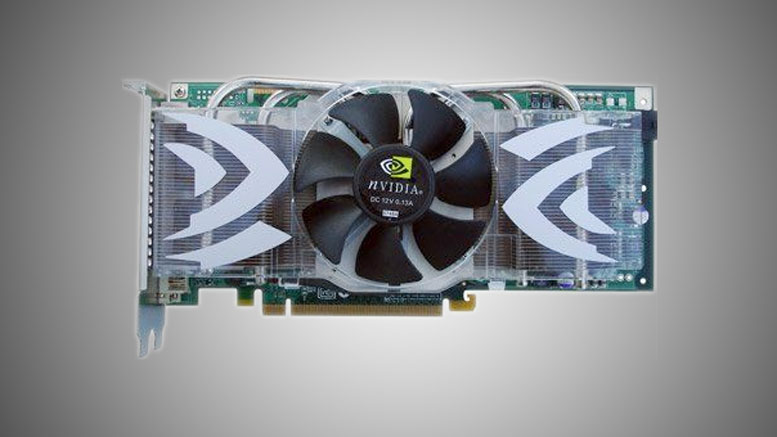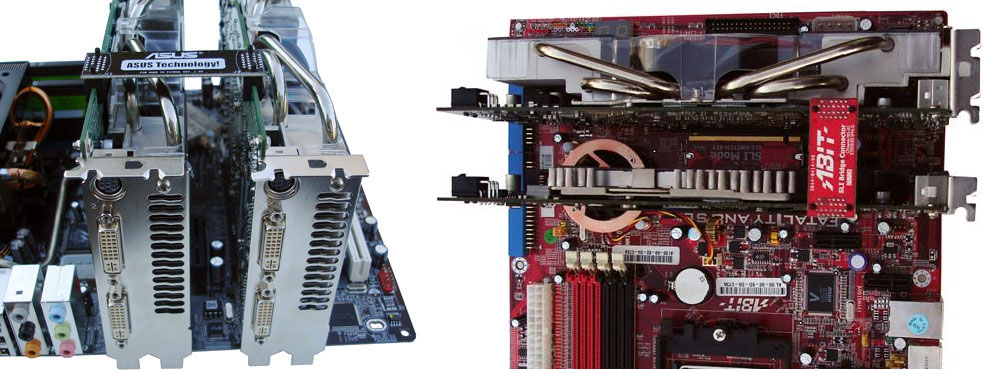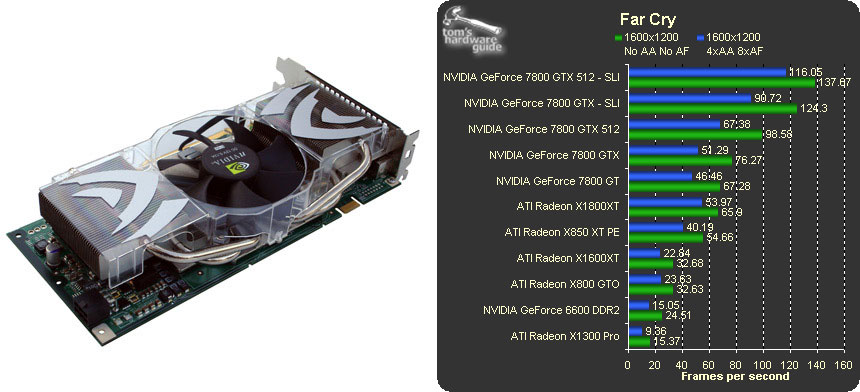Iconic Nvidia GeForce 7800 GTX hits 20 years old today — PS3 GPU forbearer was 'graphics champion' of performance and efficiency in its day
But it is only useful for retro rigs now, with its 256 or 512MB of VRAM and driver support withdrawn over a decade ago.

The Nvidia GeForce 7800 GTX launched 20 years ago, today. Though its name and reputation may have faded over two decades, it was a ground-breaking achievement at the time from the green team. This Nvidia Curie architecture graphics card quickly gained a reputation with its HDR lighting, its leap in shader counts, the significantly improved efficiency over the prior generation, and its performance compared to ATI’s best Radeon R400 architecture cards.
As is the case nowadays, Nvidia lit the fuse of the new Curie line with a flagship, the GeForce 7800 GTX, whose birthday we celebrate in our title. Back then, Nvidia launched this model with immediate availability and an eye-watering (for the era) $599 MSRP. For your hard-earned cash you would get to enjoy the new G70 GPU, with 302 million transistors, and its 24 pixel and 8 vertex shaders, fabbed on a 110nm process. It also came packing 256MB GDDR3 VRAM and embraced SLI technology.

Later in 2005, when a 512MB version of the 7800 GTX was released, we crowned the updated 7800 GTX the “new graphics champion” after our extensive labs testing. Helping it along weren’t just a larger VRAM buffer, it also featured significantly boosted core and memory clocks. Nvidia’s newest flagship had also opened the doors to dual-card SLI configs with an enviable 1GB of VRAM. We also highlighted how the updated card was a solid response to ATI’s launch of the X1000 series of graphics cards, including the new X1800 XT.
You can see seven contemporary 7800 GTX 512MB models tested in our roundup, towards the end of 2005, too. That’s 43 pages of green-tinged nostalgia for you to take over your Sunday. Spoiler, Gigabyte's 7800 GTX Turbo Force was the fastest solution out of the box.
Not surprisingly, GeForce 7800 GTX graphics cards are now only useful for retro builds or hanging on the wall like an old tech hunting trophy. While this GPU excels in titles of its peak era, official driver updates for the card came to a stop over a decade ago. That limits you to Windows titles build around APIs up to DirectX 9.0c.
Last but not least, the PlayStation 3’s Reality Synthesizer (RSX) chip is said to be based on the 7800 GTX (256MB) with some thoughtful modifications implemented by the collaborative Nvidia / Sony team.
Get Tom's Hardware's best news and in-depth reviews, straight to your inbox.

Mark Tyson is a news editor at Tom's Hardware. He enjoys covering the full breadth of PC tech; from business and semiconductor design to products approaching the edge of reason.
-
LolaGT You missed by one gen. It was never the 7800s that were iconic, it was the 8800 cards. Also: Most people that owned a PS3 had no idea, nor any care what was inside of it, they just knew it was pretty awesome. Back then there was still a gigantic demographic and cultural divide between PC guys and console guys, they were alien to each other.Reply -
gamerk316 The whole 7000 series was forgotten because soon after the godly 8800 GTX came out and obsoleted everything that came before. But speaking as someone who's PC at the time featured a 5500 GTX: It was nice being able to play Far Cry and Doom 3 at high settings (the latter crushed literally everything shy of a 6800 GTX, and was Crysis before that was a thing).Reply -
ravewulf The GeForce 6 series may have been the last to receive official Windows 98 drivers, but GeForce 7 support can be added to that final driver by editing the inf file, making them the fastest GPUs that can be used with Windows 98.Reply -
lemongrassgarlic I had the laptop version of them practically the same as 7800's : 7900 GS & 7950 GS , known for their NMI fault blue screens. nVidia didn't want to say it was their fault , so Dell kept changing mother boards , with no solution until finally they changed the nV cards. Also these cards were bad , I had to bake them 3 times to get them running again. These were NOT nVidia's finest.Reply
